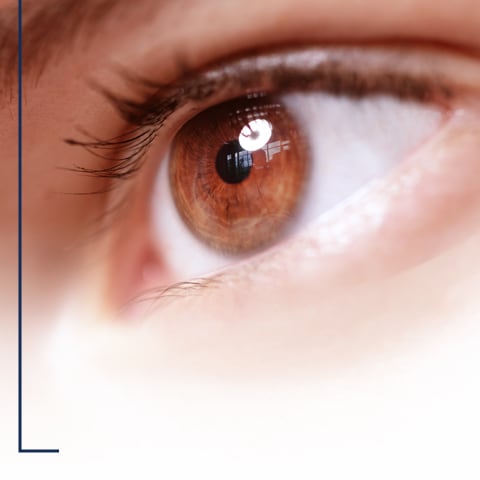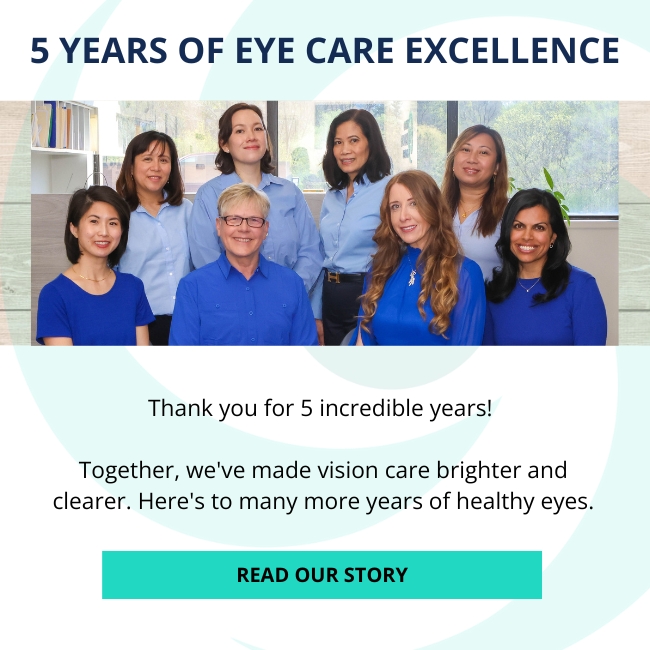Dry Eye Disease (DED) affects millions of people worldwide. In 2021, it was estimated that 11.6% of people in the entire world had dry eye disease. The good news is that there have been a significant number of advancements made in the past few years. Let’s take a deeper dive into the dry eye field and look at the latest trends in the dry eye field.
Understanding Dry Eye Disease
Dry Eye Disease is a multifactorial disease of the ocular surface characterized by loss of homeostasis of the tear film and accompanied by ocular symptoms, in which tear film instability and hyperosmolarity, ocular surface inflammation and damage, and neurosensory abnormalities play etiological roles. Dry eye is characterized by an increase in tear film stability, a reduction in tear volume, and/or an increased rate of the evaporation of the tears from the ocular surface. Many factors play a role in contributing to the development of dry eye such as age, environmental conditions, hormonal changes, and most recently and notably, an exponential increase in electronic device use.
The latest trends in dry eye disease treatment emphasize a more comprehensive and functional approach – let’s take a look.
Trend #1: A Personalized Treatment Plan
There are no one-size fits all solutions in health care, and the same goes for tailoring a unique approach to dry eye management and treatment. A leading trend includes a personalized approach, shaping therapy and treatment plan for the patient’s specific condition, lifestyle, and underlying causes. A comprehensive ocular surface disease assessment that includes a battery of advanced diagnostic tests will allow the clinician to structure an individualized plan
Trend #2: Advanced Diagnostic Technologies
The ability to have access to diagnostic technology aimed specifically at accurately diagnosing dry eye disease has been instrumental in changing how this disease is treated. Technologies such as Meibography allow the dry eye practitioner to analyze the structural integrity of the meibomian glands (which impact Dry Eye Disease tremendously). Tear film analyzers are also a game changer when looking at production, tear volume and stability, that help paint a picture of the severity and type of dry eye disease present. In line with trend #1 – a personalized approach, these technologies allow the dry eye practitioner to structure treatments accordingly.
Trend #3: Cutting-edge Treatments and Therapies
The dry eye doctor’s toolbox has expanded greatly over the past few years. Here are some of the exciting treatments you can find in the dry eye space today!
- Intense Pulsed Light (IPL) Therapy: IPL was initially and heavily used in the dermatological space for aesthetic purposes. With time, doctors noticed that IPL helped improve patient’s dryness symptoms by reducing inflammation and softening the hardened oils residing in the meibomian glands. IPL is a great tool in increasing the tear film stability and reducing inflammation on those with ocular and skin Rosacea.
- Regenerative Medicine: Treatments such as Platelet-Rich Plasma have become a game changer in the dry eye space. These treatments use a patient’s own blood to extract growth and healing factors that can help nourish, protect and heal damaged corneas and stabilize the tear film. As a result, this can help bring relief to patient’s dry eye symptoms.
- Radio Frequency: Radio Frequency uses radio waves to reach and melt the thickened oils in the meibomian glands. By melting the thickened oils at the right temperature, it can return the oil’s integrity and consistency, therefore allowing it to restore the tear film integrity and stability.
Trend #4: Lifestyle and Environmental Modifications
It is crucial to acknowledge that diet and lifestyle play an integral role in tempering dry eye symptoms. Nutritional considerations need to be taken into consideration when discussing dry eye disease in a clinical setting. The dry eye expert may have recommendations such as reduction in electronic device use, increase in omega 3 fatty acid consumption, and avoiding processed and inflammatory foods.
Trend #5: Increased Awareness and Education
With the evolution of the internet, many patients can look up and learn about their dry eye disease as well as up and coming new technology or procedures. Many come in armed with information regarding testing and the various treatment options available. This is why it is increasingly important for healthcare professionals to continue to stay ahead of the curve with continuing education, attending conferences, and researching the latest discoveries.
Conclusion
Dry eye disease management and treatment has evolved over the past decade to include a personalized, tailored and unique approach to caring for affected patients. By being able to offer patients this method, the future of dry eye disease management offers hope for improving quality of life for the millions of people affected worldwide.









